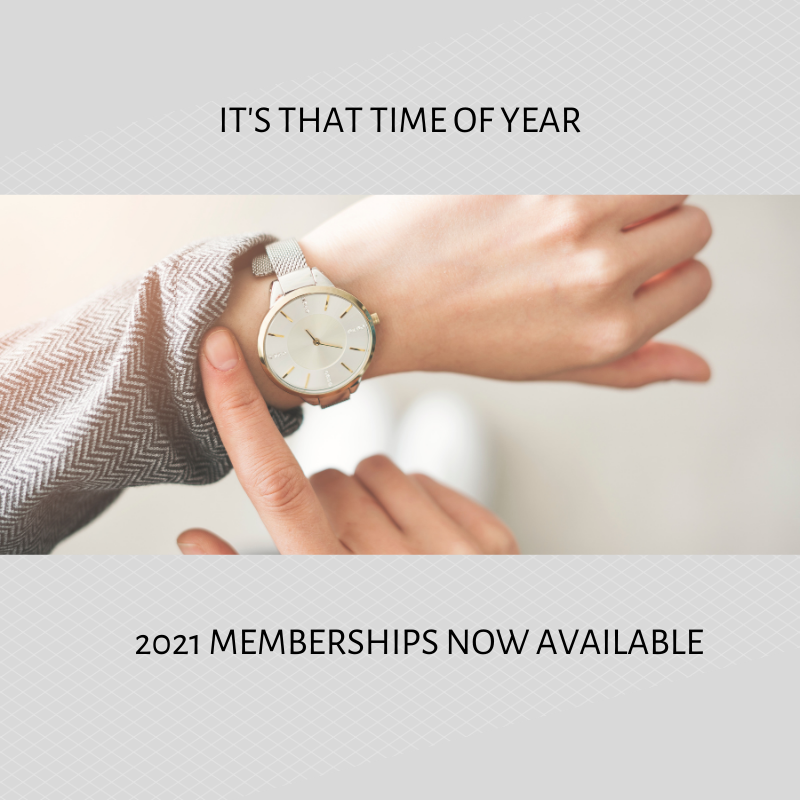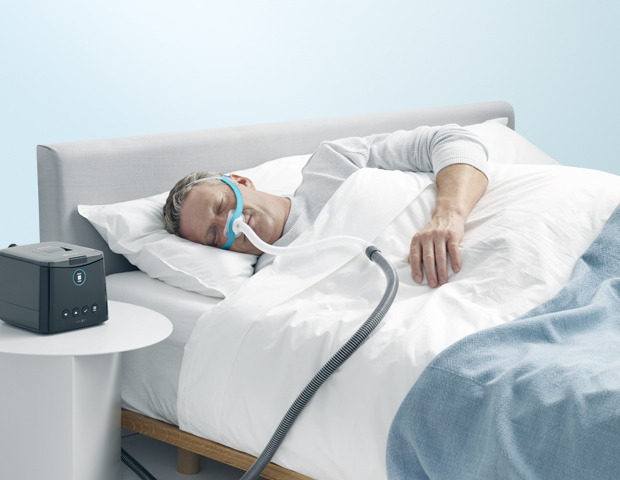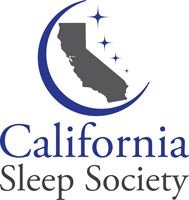Thrive with California Sleep Society membership collaboration or simply Survive
14th Annual Educational Symposium
The 14th Annual Educational Symposium will be held on October 1-2, 2021, at the Courtyard Marriott San Diego Airport/Liberty Station. We hope to see you there! Registration is open! Early bird registration ends July 1, 2021. Register today and save! If you registered during the early bird period, please remember that your payment is due before the early bird period ends on July 1, 2021.

 Membership Benefits Include:
Membership Benefits Include:
- Education events in sleep medicine
- Contact listings with other sleep professionals
- Local networking opportunities
- Shared insights into sleep legislation and legislative advocacy
- CSS Newsletter and opinion pieces
- Discount on CSS annual meeting
- Ability to place ads or publish articles in Newsletter
- Listing in California membership directory
Help us improve our monthly Newsletter
Is there a sleep-based topic you would like to read about, please let us know and we will do our best to accommodate you. Email us at [email protected].
Feature:
Why You Should Attend the Sleep Conference this Year
By: Patrick Moday, BBA, RPSGT, RST, CCSH
I started working in sleep clinical research while in college and would attend pharmaceutical conferences every 3-4 months. The meetings were about pharmaceutical medications for sleep-related conditions. There were cool cities to see, posh hotels (Ritz-Carlton, Walt Disney Resorts, etc.), delicious meals (I’m talking to you Emeril Lagasse), and the alcohol was always free flowing. These meetings made sure the research sites and staff were all on the same page. This was especially important when it came to subject recruitment and FDA regulations


Mask Matters Most – Evora Nasal
Fisher & Paykel Healthcare (F&P)
Background
PAP therapy, which consists of pressurized air applied to the airway via a mask, is the most widely used treatment for obstructive sleep apnea (OSA). 1 However, adherence to PAP therapy is a significant problem, with adherence rates ranging from 30–60%.1,2 The mask component of PAP therapy is what patients interact most closely with, its function being to form a sealed connection from the PAP machine blower to the patient’s airways via either the nose, mouth or both. To enable patients to have a positive experience with PAP therapy, F&P uses a Mask Matters Most design philosophy. The F&P Evora Nasal is a new compact sub-nasal mask that has been designed with OSA patients’ fit and usability, comfort and lifestyle needs in mind. The purpose of this report is two-fold: first, to outline the effect of the mask on PAP therapy adherence, and secondly to demonstrate how F&P designed the Evora Nasal with the Mask Matters Most design philosophy.
Fit and usability
OSA patients initial experiences with PAP therapy can impact adherence.3,4 Research examining initial mask acceptance rates found that patients who switched their mask had a seven-fold higher risk of abandoning PAP therapy.3 Moreover, Scharf et al., found a clear linear relationship between the number of mask refits and PAP therapy adherence; if a patient had a mask refit, their PAP usage was lower by 1.3 hours/day over the first 90 days of treatment.4 Therefore, to avoid mask switching and refits, F&P strives to create masks that are simple to fit and use.
The intuitive design of the Evora Nasal resulted in strong results in an internal clinical trial, with fitting and removal of the mask rated as simple by 95% and 93% of sleep technicians and participants, respectively.5 Furthermore, the CapFit headgear design was well received; 93% of participants thought that fitting of the Evora Nasal was similar to putting on a baseball cap and 98% of participants found the Evora Nasal simple to put on and take off in the dark.5 Through simplifying the fitting process and improving mask usability, the Evora Nasal may encourage daily PAP use.
Comfort
Mask comfort significantly influences PAP therapy adherence. 3 A study by Riachy et al. showed that nearly half of all participants experienced mask discomfort, and side-effects related to the mask were the most common reason for stopping PAP therapy.6 Similarly, Weaver and Grunstein (2008) concluded that non-adherence to PAP therapy was caused by mask-related side-effects including claustrophobia, leak, and facial imprinting.3 Therefore, comfort is a key consideration when designing masks at F&P.
The Evora Nasal features the next generation of dynamic support; the floating seal allows greater freedom of movement, while the stability wings and headgear provide support. Results from an internal F&P clinical trial demonstrated that 76% and 80% of participants rated the Evora Nasal seal and headgear as comfortable/very comfortable, respectively.5 Claustrophobia is known to be a significant concern for PAP users, and a common cause of nonadherence.3 The Evora Nasal helps overcome this issue with its compact sub-nasal profile.
Lifestyle
The intrusive nature of PAP therapy requires a dramatic lifestyle change. PAP therapy can disrupt patients’ normal bedtime and sleep routines. Additionally, PAP therapy can negatively affect patients’ partners’ sleep and their willingness to support patient PAP use.7 Therefore, it is evident that PAP therapy integration into not only the patients but also their partners lifestyles is paramount.
Lifestyle factors were considered when designing the Evora Nasal. Results from an internal F&P clinical trial suggest that users can perform their normal bedtime routines (e.g., reading) with the Evora Nasal as 86% of participants reported that their vision was unobstructed whilst wearing the mask.5 A total of 70% of participants also found they could sleep in their preferred sleep position with the Evora Nasal.5 The Evora Nasal was also well received by participants partners as noise and draft did not disturb sleep in 77% and 86% of participants partners, respectively.5 By reducing the disruption to both patients and partners bedtime routines and sleep, the Evora Nasal mask may help integrate PAP therapy into patients lifestyles and aid adherence.
Mask Matters Most™ design philosophy
The primary goal at F&P is to improve care and outcomes for patients. To achieve this, F&P dedicates hours of time researchingengineering, and conducting clinical trials before releasing PAP therapy masks into the market. The Mask Matters Most design philosophy was used for the Evora Nasal, and the success of this philosophy was evidenced by the positive internal clinical trials results for fitting and usability, comfort, and lifestyle integration.5 With our strong belief in why the Mask Matters Most, F&P is continuing to make strides towards meeting the expectations of patients and healthcare professionals with our range of innovative masks.
References
- Weaver, T. E. & Sawyer, A. M. Adherence to continuous positive airway pressure treatment for obstructive sleep apnoea: Implications for future interventions. Indian Journal of Medical Research (2010).
- Weaver, T. E. & Grunstein, R. R. Adherence to continuous positive airway pressure therapy: The challenge to effective treatment. Proceedings of the American Thoracic Society (2008). doi:10.1513/pats.200708-119MG
- Bachour, A., Vitikainen, P. & Maasilta, P. Rates of initial acceptance of PAP masks and outcomes of mask switching. Sleep Breath. (2016). doi:10.1007/s11325-015-1292-x
- Scharf, M. T., Keenan, B. T., Pack, A. I. & Kuna, S. T. Mask refills as a measure of PAP adherence. J. Clin. Sleep Med. (2017). doi:10.5664/jcsm.6810
- Internal validation trial completed by Fisher & Paykel Healthcare in the United States of America (2017)
- Riachy, M. et al. Factors predicting CPAP adherence in obstructive sleep apnea syndrome. Sleep Breath. (2017). doi:10.1007/s11325-016-1408-y
- Elfström M, Karlsson S, Nilsen P, Fridlund B, Svanborg E, Broström A. Decisive situations affecting partners’ support to continuous positive airway pressure-treated patients with obstructive sleep apnea syndrome: a critical incident technique analysis of the initial treatment phase. J Cardiovasc Nurs. 2012;27(3):228–239
[3569] F&P Evora Nasal Article for design Screen


Member Spotlight: Dr. Sanjay Doshi, DDS
Q: What did you want to be when you grew up?
A: To be a doctor and as I was growing up , I grew passionate about Dentistry.
Q: Why did you decide to become a sleep technologist/doctor?
A: I was diagnosed with Mild OSA and once I knew that I was able to manage my OSA with a Dental Appliance, I decided to incorporate DSM in my practice.
Q: Where was your first job in sleep medicine?
A: I have been practicing Dentistry for over 30 years and I incorporated Dental sleep medicine in 2019.
Q: Why did you become a CSS member?
A: CSS is an organization that provides me with valuable resources and I am very grateful for that.
Q: Why do you come and continue to come to the annual CSS meeting?
A: I am looking forward to the upcoming meeting in October 2021.
Q: Who has the greatest influence on your career?
A: My wife, Darshana Doshi, LMFT, who I have been married for 26 years, has the greatest influence on my career. She is a Psychotherapist and she has been active in Mental health wellness for the past 8 years.
Q: What is the most challenging part of your profession?
A: The challenging part of our profession is Patient education and making sure that patient understands long-term value of their dental health.
Q: What do you like most about your profession?
A: I like making people smile with confidence and improving their self-esteem.
Q: What do you do for fun on the days off from work?
A: I spend time with family and I do enjoy photography.
Q: Any words of advice for people who are new to the profession?
A: Stay focused, follow your passion, and rest will fall into place.
Q: What are your professional short term goals and long term goals?
A: My short-term goals are to keep moving in the direction of Multi-specialty Dentistry. My Long term goals are to stay fit physically to be able to provide dental care.
Q: Where do you see the field of sleep medicine in the future?
A: Sleep medicine will be part of preventative care and pro-active care.
